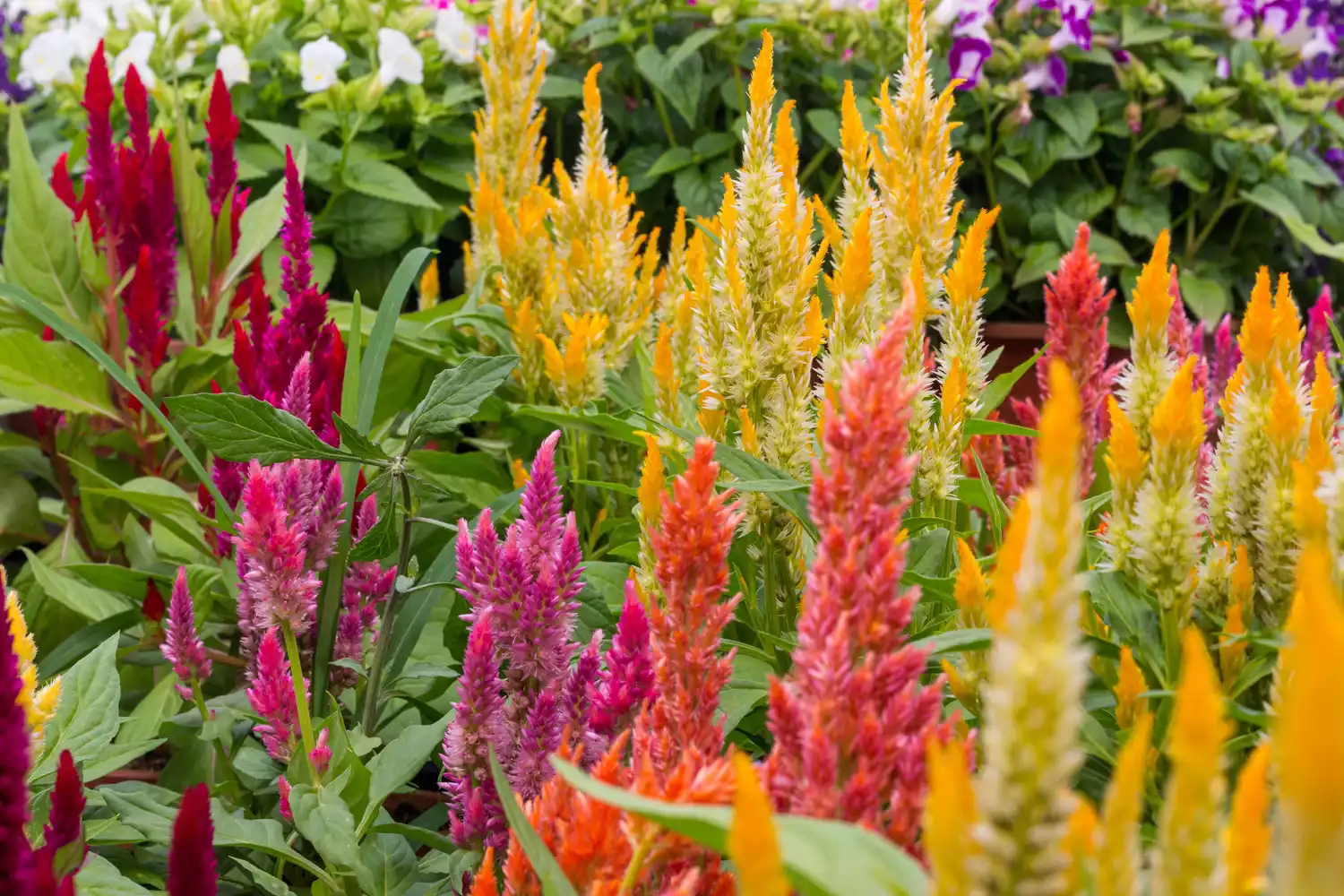
Cutting gardens are trending, and with good reason: Flowers make us happy, and it doesn’t get any fresher than harvesting from your own back yard! “It’s rewarding to grow flowers you can bring inside to enjoy,” says grower Lisa Mason Ziegler of The Gardener’s Workshop in Newport News, Virginia, and author of The Cut Flower Handbook. “You only need a small space in order to grow enough flowers for bouquets every week.”
Tips for Growing a Cutting Garden
Start by choosing a designated spot for your cutting garden in full sun, which is considered 6 or more hours of direct sunlight per day. Flowers will not produce well in shade. An area the size of a picnic table (roughly 3 feet wide by 10 feet long) is sufficient, or you can plant in large containers, such as a half whisky barrel filled with potting mix, says Ziegler. Also, plant near a water source because dragging a watering can or 100-foot-long hose to your garden during the height of summer isn’t fun.
Choose the flowers you love the best, but stick with a few varieties your first year so you don’t feel overwhelmed. Many types of flowers can be direct seeded into the cutting garden, or you can purchase seedlings from nurseries. If you want to get a jumpstart on the growing season in cold climates, you can start seeds indoors.
You also can plant flowers that bloom beyond the summer months. “In the warmer regions of the South, many flowers that love cool weather can be planted in late September through November and overwintered so that they start blooming in March to May,” says grower Rita Williams of WilMor Farms Flowers in Metter, Georgia.
Don’t forget to protect your garden from rabbits and deer; they’ll chow down on flowers as readily as your vegetable garden. “We’ve learned the hard way, so we keep many of our flowers fenced,” says Williams.
Finally, once your flowers begin blooming, start cutting! “Don’t be afraid to cut your flowers frequently,” says Ziegler. “A plant’s whole job in life is to reproduce. The more flowers you cut, the more they produce.”
- Lisa Mason Ziegler is a grower at The Gardener’s Workshop in Newport News, Virginia, and author of The Cut Flower Handbook.
- Rita Williams is a grower at WilMor Farms Flowers in Metter, Georgia.
Sunflowers

- Botanical Name: Helianthus annus
- Soil Type: Well-draining soils with pH 6.0 to 7.0
- Grower Tip: “Plant seeds spaced 6-inches apart, which helps control bloom size for perfect 4-inch blooms,” says Ziegler.
Sunflowers come in an array of colors and sizes, ranging from 3 to 8 feet tall, and they’re easy to grow from seed. They’re dependable producers. Lightweight row covers, such as AG-19, spread over the newly-planted seeds and baby plants to protect the seedlings from birds and digging rodents.
Favorite Varieties:
Celosia

Getty Images / Wirestock
- Botanical Name: Celosia spp.
- Soil Type: Rich, well-draining soils with pH 6 to 6.5
- Grower Tip: “These are one of the first cutting flowers we grew because they’re reliable and have a very long vase time,” says Williams.
Celosia come in an array of hues and forms. They thrive in the heat, making them a good choice for long, hot Southern summers. Grow a few different types: Cockscomb (Celosia cristata) look like the comb on a top of a rooster’s head, while feather celosia (Celosia plumosa) has fluffy plumes, and wheat celosia (Celosia spicata) resembles plumes of wheat.
Favorite Varieties:
Zinnia

- Botanical Name: Zinnia elegans
- Soil Type: Well-draining soils with pH 5.5 to 7.5
- Grower Tip: “Space zinnias about 12 inches apart in the row to improve air flow and reduce the risk of developing powdery mildew, which sometimes occurs in hot, humid summer weather,” says Ziegler.
Zinnias are available in every color from pale blush pink to jewel-toned corals and oranges. Butterflies love them! A small patch will yield a handful of blooms a week if you harvest on a regular schedule.





